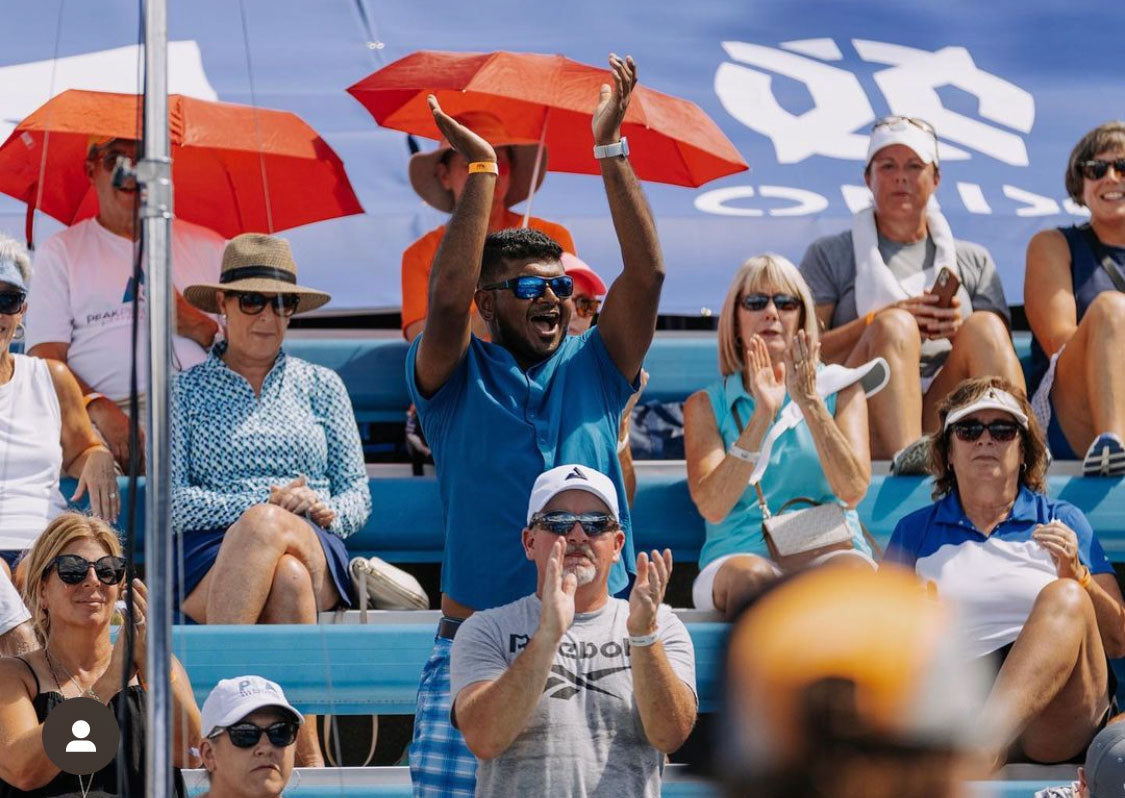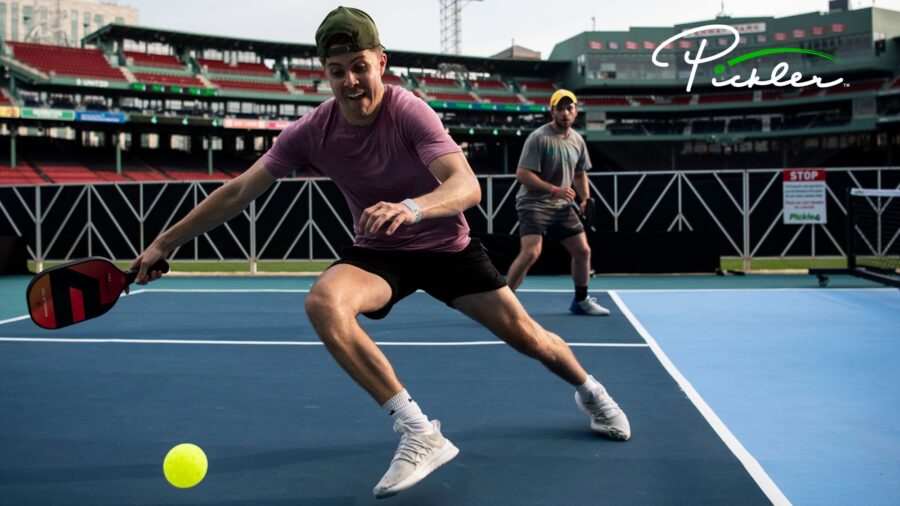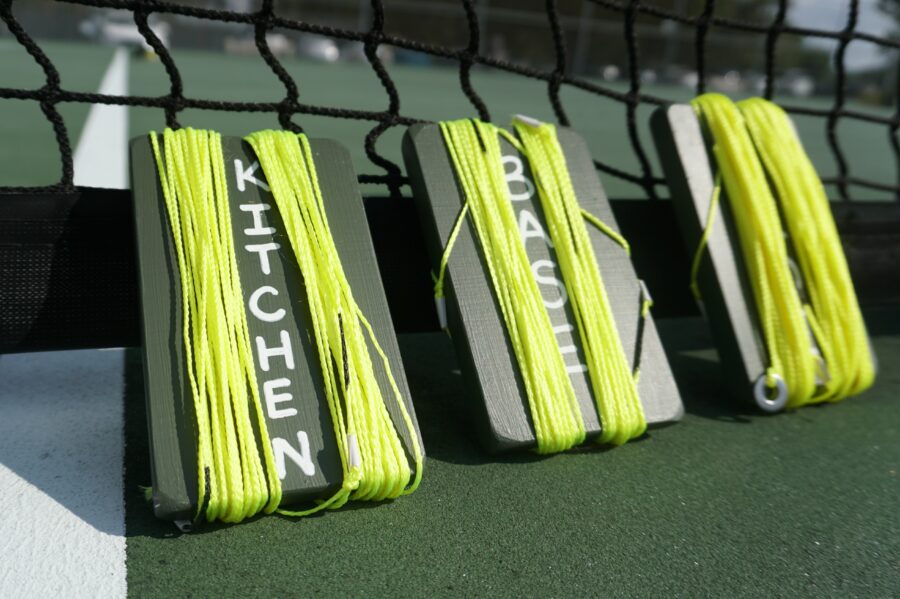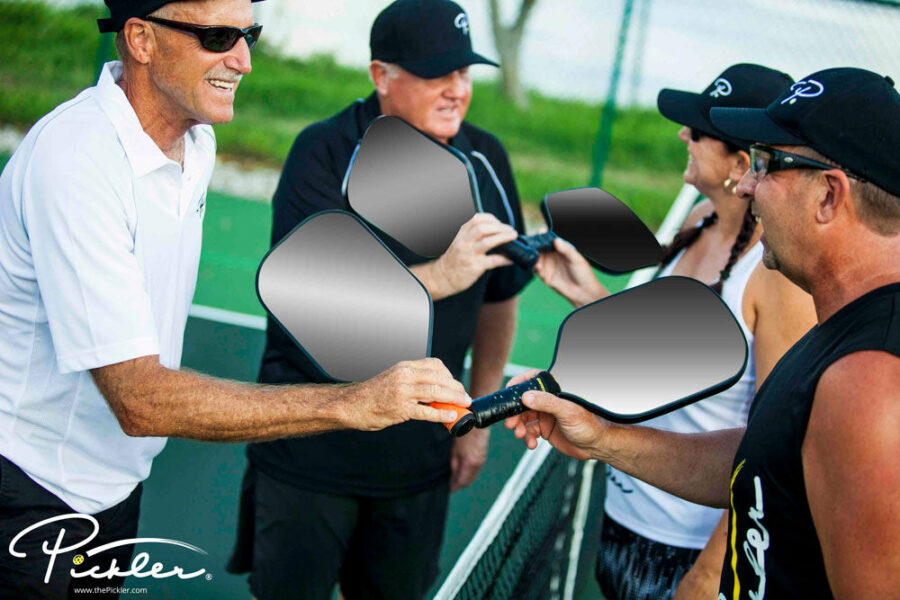As pickleball grows, new issues and new controversies arise on the court. One of the latest controversies on the pickleball court happened at the PPA Takeya Classic during a pro women’s singles match between Lea Jansen and Salome Devidze. As a bit of backstory, there is no love lost between these two pros, as tensions have been rising over line calls for the past several months. However, what happened in Newport Beach, California, at the PPA event sparked interesting issues that extend beyond just that one rally.
Here is what happened…
After winning game 1, Devidze was close to closing out the match by also winning game 2. At 10-10 in game 2, Devidze threw up a lob to Jansen’s side of the court. As Jansen was about to strike her overhead, one fan (of a rather small crowd showing at that time) said loudly, “That’s going out!” Jansen then hit her overhead straight into the net, losing the point, and immediately shouted for all to hear, “Don’t talk during a point!”
At that point in time, Jansen claimed a hinderance to the referee, which the referee granted. The hinder would result in a replay of the point. Devidze then requested that the head referee come to center court for a challenge.
The head referee, Don Stanley, approached center court. However, before hearing the challenge, Stanley first explained the consequences of a challenge. Since Devidze did not have any time-outs remaining, if Devidze challenged the call made on the pickleball court by the referee, then she would risk being penalized with a technical foul, in which Devidze would lose a point. (To note, if Devidze did have a time-out, then she would only have been charged with a technical warning and would lose a time-out.) Given the tight score (and the fact that a hinder call can be very subjective—more on this below), Devidze chose to forego the challenge.
So, the hinder call stood and Jansen and Devidze were required to replay the point.
In the end, this controversy did not affect the outcome, as Devidze went on to win game 2 (by a score of 13-11) and the match.
While the increasing controversy between Jansen and Devidze is entertaining to watch, this sequence of events begs bigger questions, which are:
- Should a cheering fan be a potential cause for a hinder on the pickleball court?
- Should fans be encouraged to cheer before, during, and after a pickleball rally?
Should a Cheering Fan Be the Cause for a Hinder on the Pickleball Court?
According to the official rules of pickleball, a hinder is defined as the following:
Any transient element or occurrence not caused by a player that adversely impacts play, not including permanent objects. Examples include, but are not limited to, balls, flying insects, foreign material, players or officials on another court that, in the opinion of the referee, impacted a player’s ability to make a play on the ball.
This rule leaves much subjectivity to the referee. What adversely impacts play or not is up to the referee’s discretion. However, one item that is notably absent from this definition is any fan cheering or engagement.
While a fan could conceivably cause a hinder to the on-court players, the run-of-the-mill fan engagement or fan cheering should not result in a hinder. This “guideline” is backed by the head referee Stanley in that a replay should not be allowed for crowd noise.
A hinder due to crowd noise would set a bad precedent for a number of reasons, including that a fan could just yell and shout any time his or her preferred team was at a disadvantage in a rally in order to get a replay of the point. Further, it would be bad for the sport…
Why Pickleball Fans Should Be Allowed or Encouraged to Cheer During Points
Pickleball has slowly started to follow a “tennis culture” in terms of cheering during points. Fans quietly watch players as the pickleball is hit back and forth over the net. Then, after the rally ends, fans will cheer, clap, and talk with excitement. This is a similar culture in tennis or even golf.
One potential reason for tennis and golf having these “quiet cultures” is that that is how it has always been. The pro players grew up with the quiet, and it would be very difficult for them to adjust to noise at this stage in their career and/or at this stage of the longevity of those sports.
However, other sports are wildly different. In baseball, fans shout expletives at batters or pitchers as they about to wind up to hit or throw the ball. In softball, players cheer and chant incessantly from the dugouts. In basketball, fans hoot, holler, wave balloons, and even perform charades in order to distract that player shooting a free throw. In football, cheers and roars from the stadium are non-stop. And, in each of these sports, players are required to perform at the highest levels despite these distractions.
With pickleball being in its infancy—particularly, with respect to professional pickleball—the sport has the opportunity to curate its culture, including its fan culture. In light of the Jansen-Devidze controversy, this begs the question of what culture pickleball should have for fans—a quiet one or a loud one?
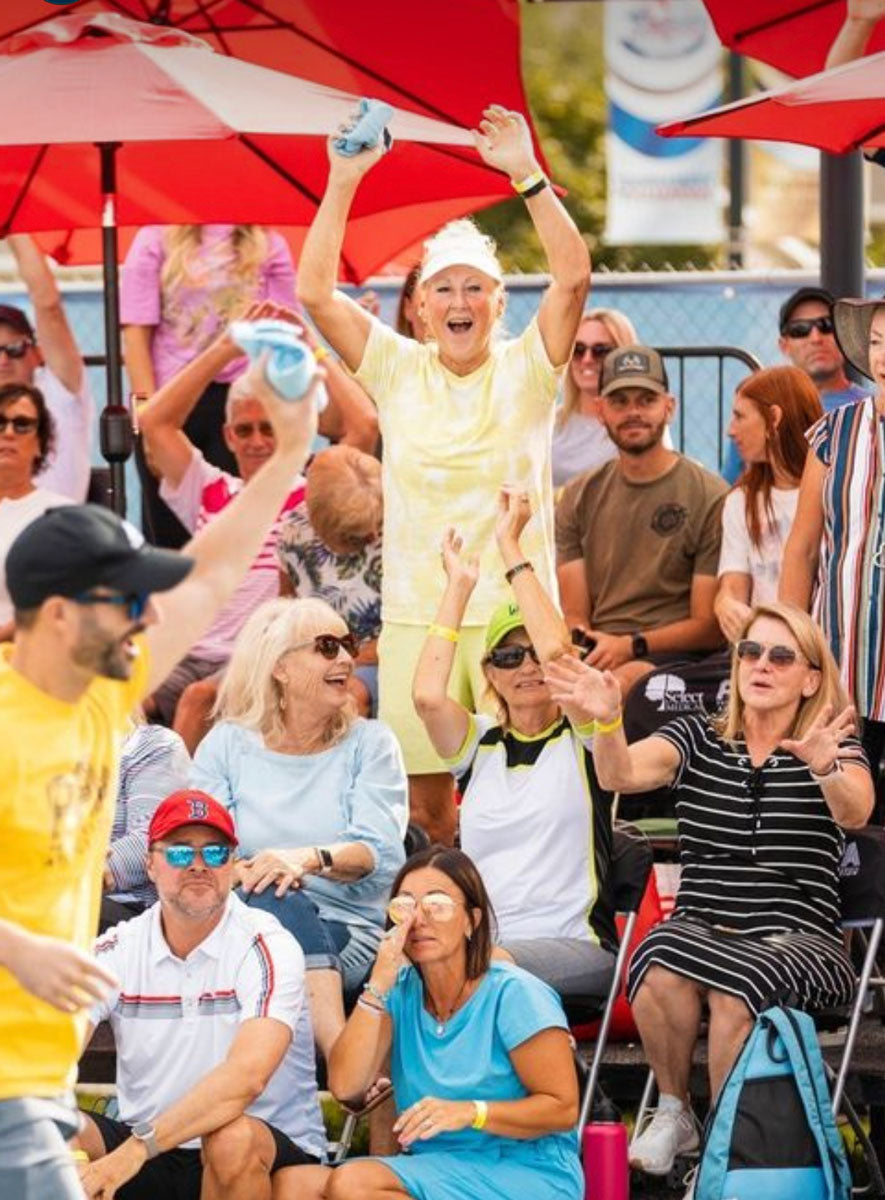
A loud fan culture seems to set the stage for an engaged fan culture, which is what pickleball desperately needs in order to continue to grow. Pickleball needs to pull every lever in order to increase fan engagement. And, crowd noise could be one way to do this. In fact, it has been proven to work in the world of tennis, as there was a spike in attendance at Big 12 college tennis matches after allowing fans to yell and cheer.
Plus, a loud culture is more fan friendly, as fans do not have to worry about proper etiquette (for instance, can you move from your seat during a point, when can you get up to go to the concession stand, when can you clap, when can you talk, etc.). Rather, fans can just focus on having a good time.
So, cheer on, fans. Let’s make pickleball loud!

